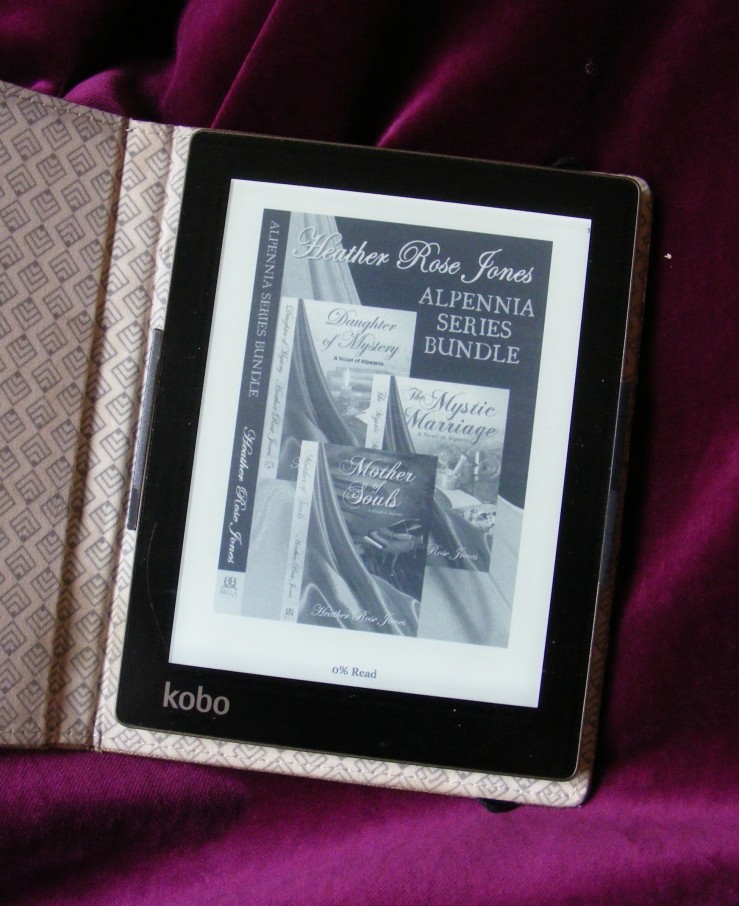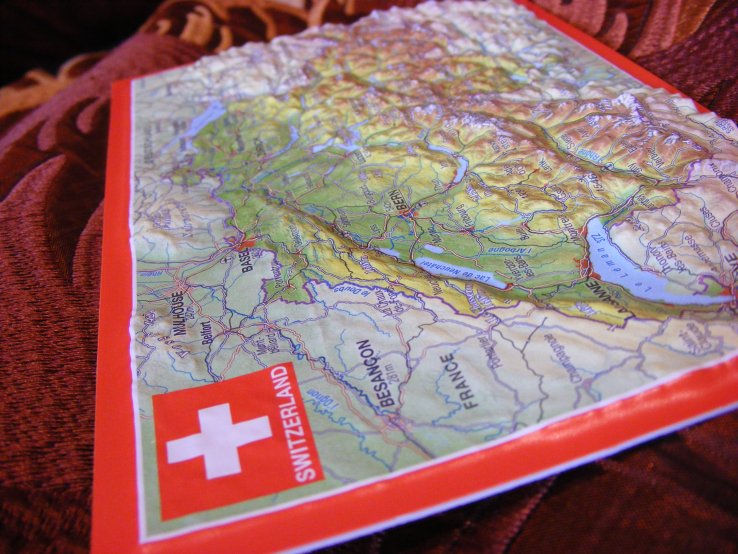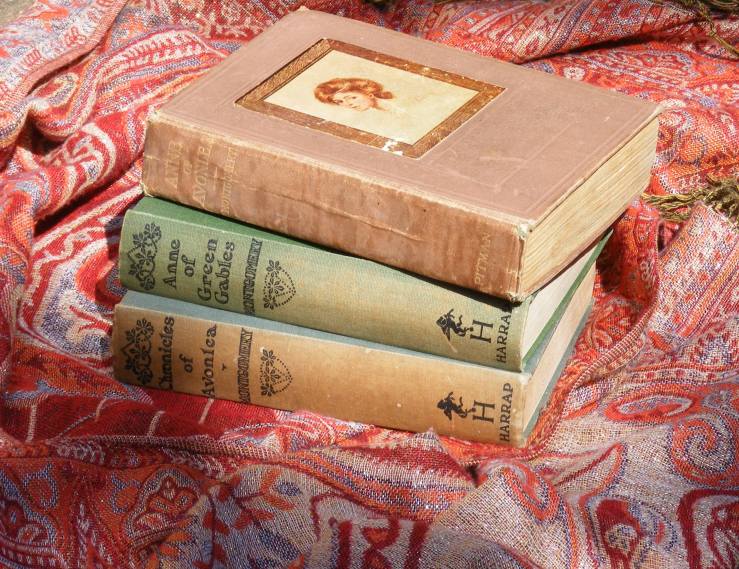When I first started thinking about writing this series, I imagined that I’d be ignoring fantasy altogether. I wouldn’t be able to locate Narnia on a map of the world; at least, I couldn’t point to where it should be, so was it worth my while considering the genre at all?
But I realised pretty quickly that dismissing fantasy would rule out one fictional nation that definitely deserves its place in this gazetteer.
I’m talking about Alpennia, from the series by Heather Rose Jones.

If I’d written a wishlist of all the tropes and themes that I most enjoy reading, and handed my specifications over to an author, I couldn’t have liked the result better than I like this. The series contains nights at the opera, women in breeches, swashbuckling, politics both national and ecclesiastical, relationships between women, and a sensitive portrayal of religious experience. And a fictional state somewhere in Europe. Which is why we’re here.
The worldbuilding is meticulous. Alpennia is made distinctive by physical geography, by history, by religious practice, and, perhaps most obviously, by language. Where some authors would have let matters carry on in assumed French or German, Jones gives Alpennia a language of its own, and it works remarkably well.
How do you get there? How do I get there? Because that’s my main criterion for including a place in this gazetteer. And if getting there had to involve magic, it wouldn’t make the cut.
In Daughter of Mystery, Alpennia’s location is established in relation to Switzerland:
Chalanz was well out of sight around a curve of the hills behind her but in the other direction, to the south, she could see all the way to where the mountains rose, snowcapped, on the southeastern border of Alpennia, guarding the roads to Switzerland and places beyond.
In The Mystic Marriage we get a fix on it from the other direction. Antuniet travels from Heidelberg to Rotenek, the country’s capital, via Basel.

As it happens, magic in these books might impede travel, but it doesn’t seem to enable it in any meaningful sense. They’re set in the first half of the nineteenth century, and people travel on foot, or horseback, or coach. I imagine that there’s a railway line these days, and perhaps even an airport.
Leaving the realms of fantasy – or, since I’m now turning to Anne of Green Gables, perhaps not – and crossing the Atlantic brings me to Avonlea.

I suspect that I’ll be writing a lot over the course of this series about how characters enter and leave fictional places, about outsiders and insiders are identified, and about how the established community is set up.
Anne of Green Gables does all of those things within the first few chapters. A typical opening would see the orphan Anne arriving on a train, to be met by Matthew Cuthbert and escorted into Avonlea.
And in fact that’s what happens. But it doesn’t happen until Avonlea has been introduced to us. The novel opens with Mrs Rachel Lynde seeing Matthew leaving Avonlea, and wondering why. It’s a clever move to get the best of both worlds: Avonlea may never have seen anything like Anne, but we can’t understand the significance of that unless we understand a little bit about Avonlea.
In passing, we get a geographical clue:
Mrs Rachel found abundant time to sit for hours at her kitchen window… keeping a sharp eye on the main road that crossed the hollow and wound up the steep red hill beyond. Since Avonlea occupied a little triangular peninsula jutting out into the Gulf of St Lawrence, with water on two sides of it, anybody who went out of it or into it had to pass over that hill road and so run the unseen gauntlet of Mrs Rachel’s all-seeing eye.
Then we follow Matthew out of Avonlea. There’s a little hint of the lyrical descriptive note that the narrative voice shares with Anne, but it’s nothing to what hits the page when we meet Anne herself and she meets Avonlea:
They were on the crest of a hill. The sun had set some time since, but the landscape was still clear in the mellow afterlight. To the west a dark church spire rose up against a marigold sky. Below was a little valley, and beyond a long, gently-rising slope with snug farmsteads scattered along it. From one to another the child’s eyes darted, eager and wistful. At last they lingered on one away to the left, far back from the road, dimly white with blossoming trees in the twilight of the surrounding woods. Over it, in the stainless south-west sky, a great crystal-white star was shining like a lamp of guidance and promise.
This alternation continues throughout the book. Marilla Cuthbert takes over the more prosaic point of view, while Anne keeps the descriptions. (Matthew continues not to say very much.) It’s effective: in the reader’s mind, Avonlea becomes a very beautiful place, but one that’s the creation of a very human community.
How to get there? I refer you to this thoroughly evidenced page matching the locations in the books with real-world settlements. Find your way to Charlottetown, and off you go. Actually, I’m not sure whether, growing up, it ever occurred to me to doubt that Avonlea was real.
Books referred to in this post
Daughter of Mystery, Heather Rose Jones
The Mystic Marriage, Heather Rose Jones
Mother of Souls, Heather Rose Jones
Anne of Green Gables (and, obliquely, much of the rest of the Anne series), L. M. Montgomery
A – B – C – D – E – F – G – H – I – J – K – L – M – N – O – P – Q – R – S – T – U – V

Oooh is this real world locations in fiction? I am in Antigua and write about Antigua so the ‘A’ caught my eye lol. I enjoyed reading about the As in this post. I may check out the Alpennia series – I’m always impressed with that level of world building. I haven’t read the Anne series but I did like the character when I watched the TV show back in the day; so maybe I should. Great post, interesting series.
LikeLike
Fictional locations that are supposed to be in the real world! I’m having a lot of fun working out where they’re meant to be.
LikeLike
It’s just as good as I knew it would be 🙂
#TalkoftheTown
LikeLiked by 1 person
Yay! Thank you!
LikeLiked by 1 person
Great start to your series 🙂
Book confession – I’ve never read Anne of Green Gables…
#TalkoftheTown
LikeLike